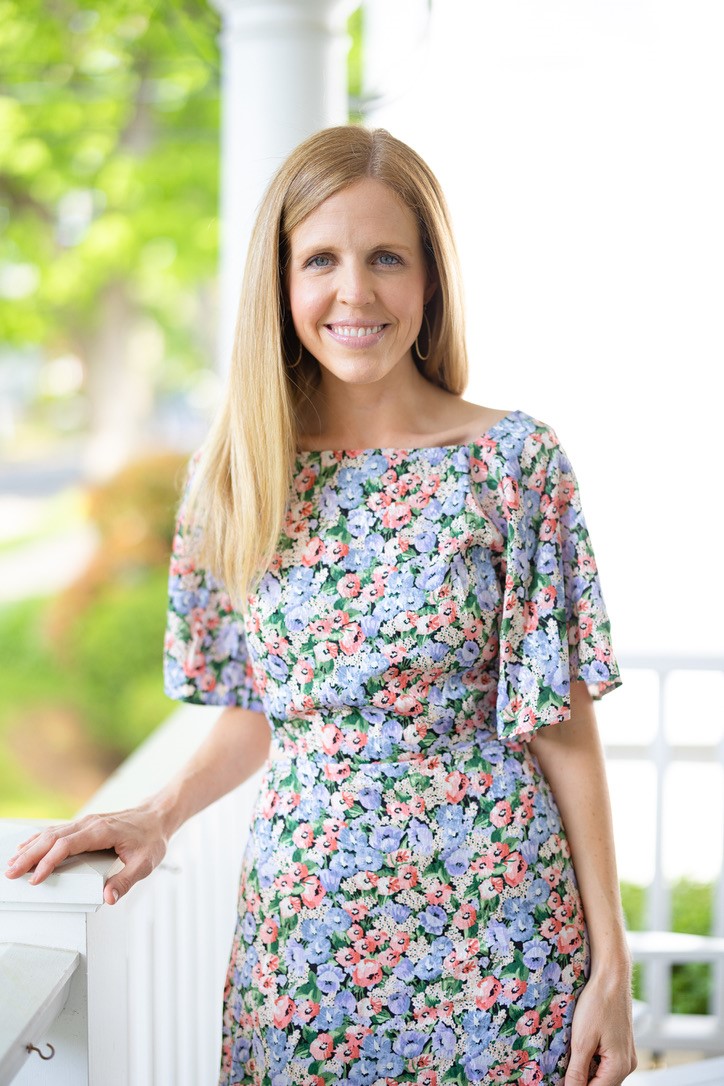 Mamaroneck recently took the unusual step of considering a ban on running bamboo anywhere within the city limits.
Mamaroneck recently took the unusual step of considering a ban on running bamboo anywhere within the city limits.
By Margot Clark-Junkins
 Mamaroneck recently took the unusual step of considering a ban on running bamboo anywhere within the city limits. Increasingly, town governments across the country are entertaining such legislation and wondering how exactly they would enforce it. In Huntington, Long Island, the pesky plant has already been banned. In Delaware, Daily Times reporter Linda Reilly reported in an April article, “Upper Darby Approves Ordinance Regulating Bamboo…the ordinance prohibits anyone from planting new bamboo and requires homeowners with existing bamboo to control it.” In Independence, Missouri, The Examiner’s Jesus Lopez-Gomez wrote last week, “The city’s proposal targets non-native bamboo with an aggressive running pattern.” A councilman there stated that “there’s nothing on the books for this problem and there’s no course of action.” An article in a Virginia paper was titled simply, “Bamboo, Boo-hoo.”
Mamaroneck recently took the unusual step of considering a ban on running bamboo anywhere within the city limits. Increasingly, town governments across the country are entertaining such legislation and wondering how exactly they would enforce it. In Huntington, Long Island, the pesky plant has already been banned. In Delaware, Daily Times reporter Linda Reilly reported in an April article, “Upper Darby Approves Ordinance Regulating Bamboo…the ordinance prohibits anyone from planting new bamboo and requires homeowners with existing bamboo to control it.” In Independence, Missouri, The Examiner’s Jesus Lopez-Gomez wrote last week, “The city’s proposal targets non-native bamboo with an aggressive running pattern.” A councilman there stated that “there’s nothing on the books for this problem and there’s no course of action.” An article in a Virginia paper was titled simply, “Bamboo, Boo-hoo.”
What’s so bad about bamboo? The running variety is hard to stop, no matter how much you cut it back, dig it up, or attempt to check it by creating cement-lined “trenches.” It invades your neighbor’s land, pulls up sidewalks, and grows so tall it kills off plants native to our area.
I asked Frieda Romanchuk, a 2006 Baldwin County, Alabama Master Gardener, who was visiting her daughter in Rye last week, to weigh in on the subject. “Bamboo comes in ‘running’ vs ‘clumping’ forms. The leptomorphs have ‘running’ rhizomes that spread underground and are considered to be the invasive types. The pachymorph bamboos have a ‘clumping’ root system that is very slow to spread; any growth can be stopped easily as once roots damaged in any area, the slow growth stops.” Romanchuk also had some excellent advice about where you make your purchase: “Know and trust your source/supplier before purchasing any bamboos. The right bamboo can enhance a landscape; the wrong bamboo can cause headaches for years to come, not only to your landscape but neighboring landscapes as well.”
Most experts seem to agree that phyllostachys is the genus most difficult to control. In 2013, Julie Curtis explained in an article for the Daily Voice, a Westchester publication reporting for Hartsdale, Edgemont, and Greenburgh, “phyllostachys aureosulcata, also known as running, or yellow groove bamboo, is an aggressive genus of the plant that is literally running rampant in the area. ‘Once established, running bamboo can travel more than five feet a year underground and up to 20 or more feet high,’ said Jeffrey S. Ward, chief scientist in the Connecticut Department of Forestry and Horticulture. That makes it not only a backyard plant but something of a spectator sport as well.”
In Rye, there are numerous stands of running bamboo on public land (20 feet high and 50 feet wide). One stand can be seen along Playland Parkway, where thick bamboo poles are falling this way and that. Another stand sits at the end of the public tennis courts at Disbrow Park. Similar stands can be seen along local highways. Who will check the growth of these mini-forests?
Bamboo may not need its own legislation if we can work on sharing information about its penchant for invasion. Chris Cohan, Rye resident and landscape architect, assures me there is hope. “Over the years,” he said, “I have found that the best way to control bamboo is to install a 3 foot-tall, heavy-duty black plastic barrier. Dig a trench all around the bamboo 2 to 6 inches deep, leaving 6 inches above grade as bamboo can creep over lower barriers.” And he said to be prepared for years of follow-up: “Each spring, new shoots pop up. If you see any outside of the barrier, dig up all runners as far as you can dig. After a few years you will have eliminated any remaining shoots.”
Those who love bamboo should be encouraged to plant the clumping variety in containers rather than in the ground. In the Garden section of The Telegraph last week (the Brits are serious gardeners), an article on bamboo by Helen Yemm got specific: “The safest hardy, clump-forming bamboos — ones that even if planted in the ground definitely don’t travel and are, therefore, quite happy planted long-term in large containers — belong to the genus Fargesia. F. murielae is attractively weepy, while F. nitida is more upright.” Do not choose “one of the demon-spreaders, such as Sasa, that are capable of sending up rapier-like shoots several feet away from the original plant.”
Danny Flanders of HGtvgardens.com also recommends planting the clumping variety of bamboo in containers but cautions, “be aware that most clumping bamboos are not cold-hardy, so it’s best to treat them as annuals. The Fargesia genus provides some of the hardiest clumpers, and one cultivar in particular, ‘Green Panda,’ reaches 6 to 8 feet, so when planted in a group it makes an excellent screen (plant bamboo in spring, not fall, to avoid winter burn on plants).”















